Planning some Winter Olympics activities for your students? Here's the lowdown on the 2022 Winter Olympic Games, and a list of the events and sports that you can print and distribute for a thorough treatment of the Winter Olympics in the classroom.
Winter Olympics 2022 - When, Where, and How Long?
The 2022 Winter Olympics are being held in February, 2022, in Beijing, China. The Games start on February 4 with the Opening Ceremony, and conclude on February 20 with the Closing Ceremony. The city of Beijing will host the Opening and Closing ceremonies and all of the ice rink events. Skiing and sliding events will be held in the mountainous cities of Yanqing and Zhangjiakou. The 2022 Winter Olympic Games last 16 days total.
New Additions to the Winter Games
The Beijing Olympics will feature a series of 7 new winter sports, added to these Games in the period between the XXIII 2018 PyeongChang Games in Korea and this round, the XXIV. New to the 2022 Winter Olympics list of sports are Mixed Team Ski Jumping, Men's and Women's Big Air Freestyle Skiing, Mixed Team Snowboard Cross, and Mixed Team Aerials, among others.
Events of the Winter Olympics
Ice hockey, cross-country skiing, ski jumping, figure skating, and speed skating are five events that have appeared at every Winter Olympic Games since they were first held in 1924. Here's a look at those thrilling events and some other fan favorites to watch out for.
Ski Jumping
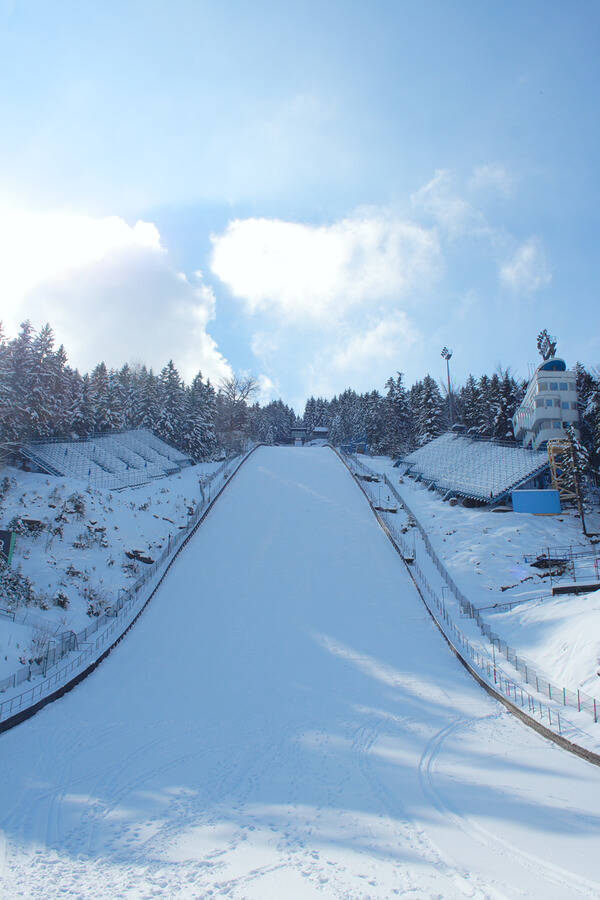
Ski Jumping
Ski jumping is a thrilling, death-defying event in which winners routinely soar distances well in excess of 600 feet. Besides scoring for distance, competitors must also accrue style points in order to win the medal, which are based on steadiness, positioning, and landing. One of the most infamous ski jumpers was Vinko Bogataj, whose ill-fated jump got him a starring role in the introductory sequence to ABC's Wide World of Sports as the "Agony of Defeat Guy."
Alpine Skiing
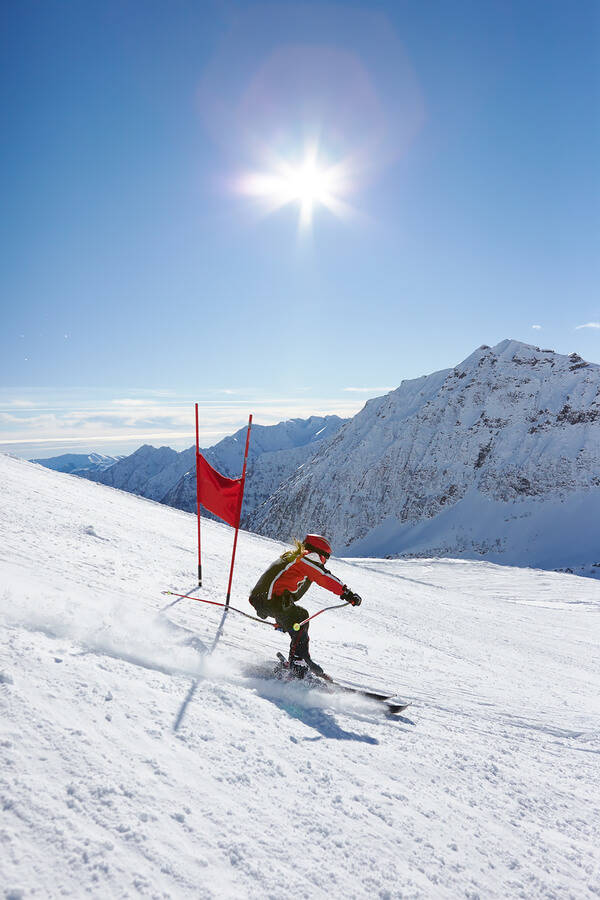
Alpine Skiing
Alpine skiing events are the backbone of the Winter Olympic Games. Men's and women's divisions compete in a variety of events, from the massive downhill runs to the technical slalom courses, with several permutations in between.
Ice Hockey
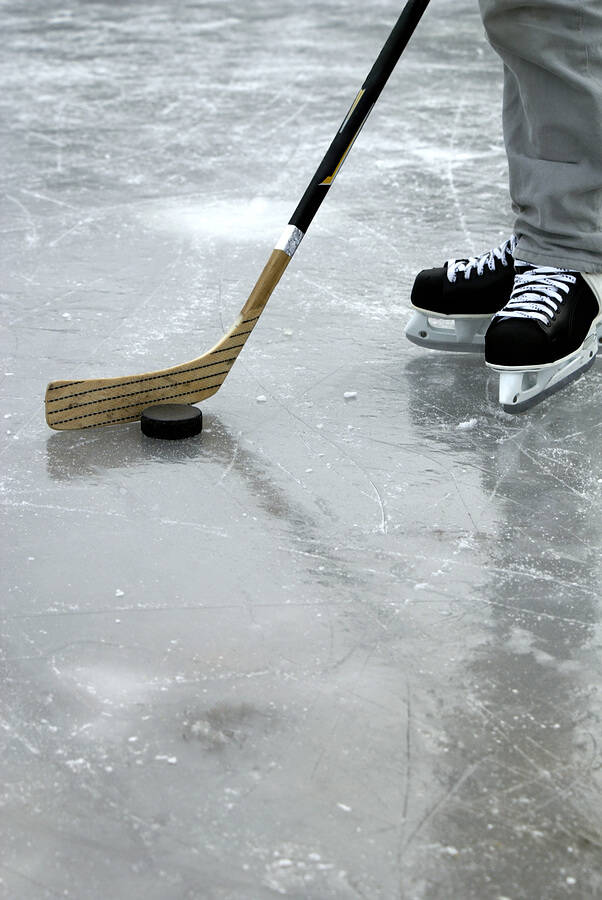
Ice Hockey
Always one of the most popular events at the Winter Olympic Games, the ice hockey competition changed forever when, in 1998, professional players were allowed to compete. Today, it's an all-star affair, with the world's best players competing at the very highest level. We may never see another "Miracle on Ice," but you can be sure that you'll see some fantastic hockey in every game.
Speed Skating
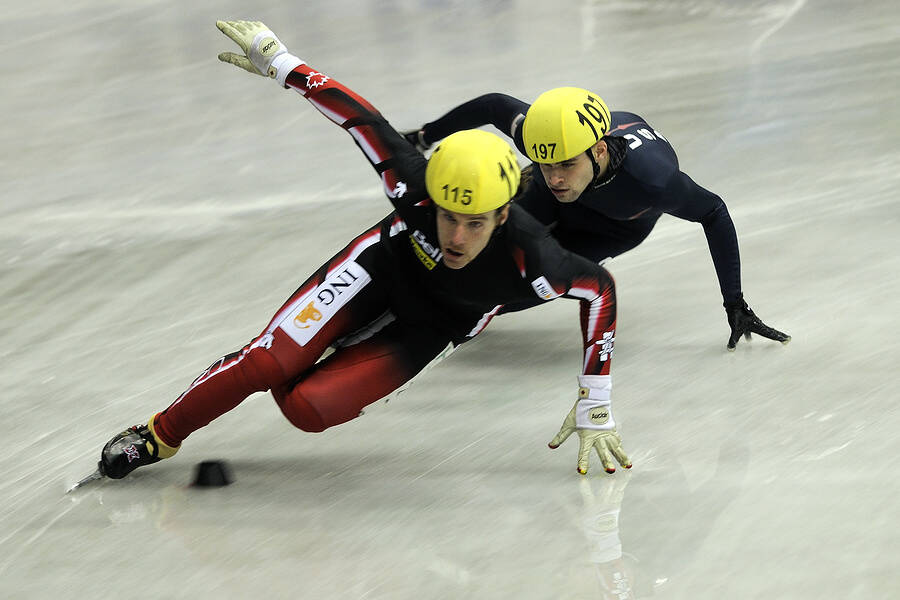
Speed Skating
Speed skating is one of the original Winter Olympic events, and it still thrills crowds today. Events take place on two different sized tracks - the standard track is 400 meters around, while the short track is 111.12 meters around. There are one-on-one races, group races, and relays.
Biathlon
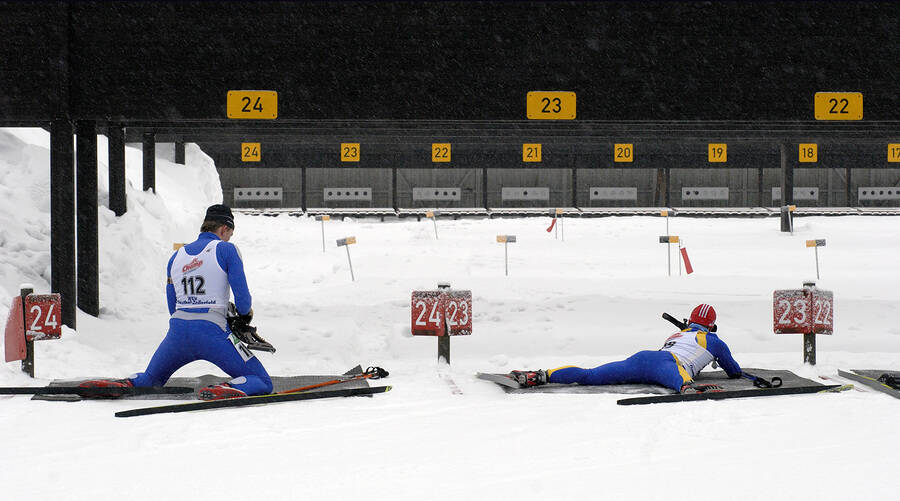
Biathlon
The only sporting event to combine cross-country skiing with target shooting, the biathlon is a truly unique sport. Competitors must complete a race course in as fast a time as possible, while also performing feats of marksmanship along the way. Poor aim results in penalties to one's race time. Biathlon has Nordic roots, so it's no surprise that Scandinavian countries tend to dominate the medal count.
Freestyle Skiing
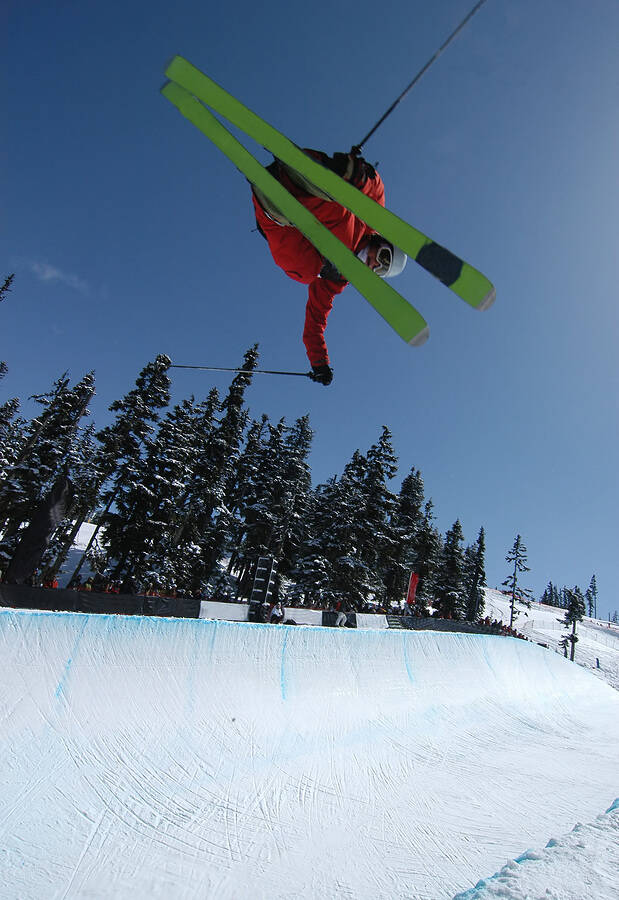
Freestyle Skiing
Freestyle skiing is a gymnastic, aerial show. Skiers go off jumps to perform stunts like somersaults and twists, or take on mogul courses where it's a challenge just to stay upright, let alone do tricks. A recent addition in the freestyle category is the "cross," a race that incorporates lots of jumps and turns, inspired by the snowboard cross event.
Luge
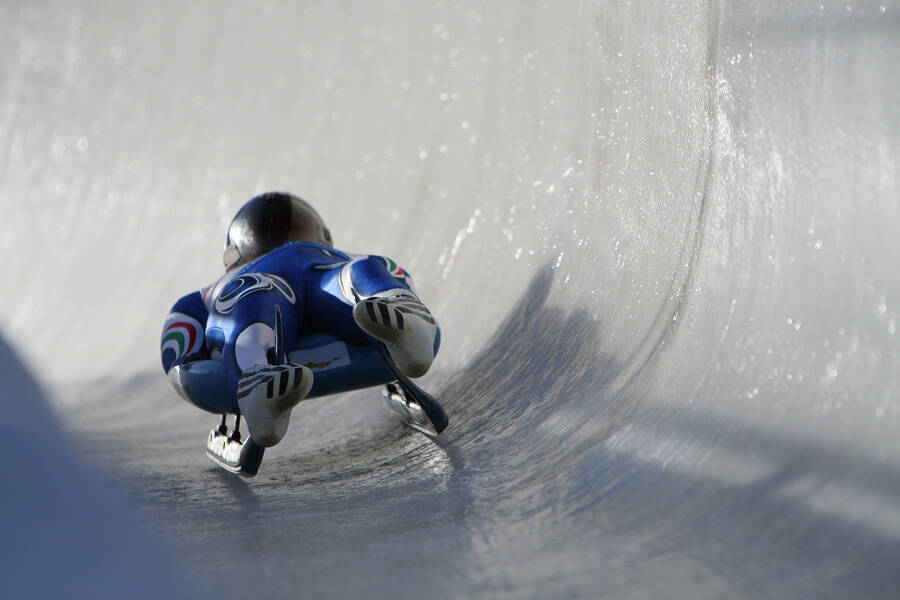
Luge
The luge is a sled that racers ride down the mountain at breakneck speed, sometimes as fast as 87 miles per hour (140 kilometers per hour). Besides men's and women's races, there are also doubles events, with two people lying on the same sled.
Nordic Combined
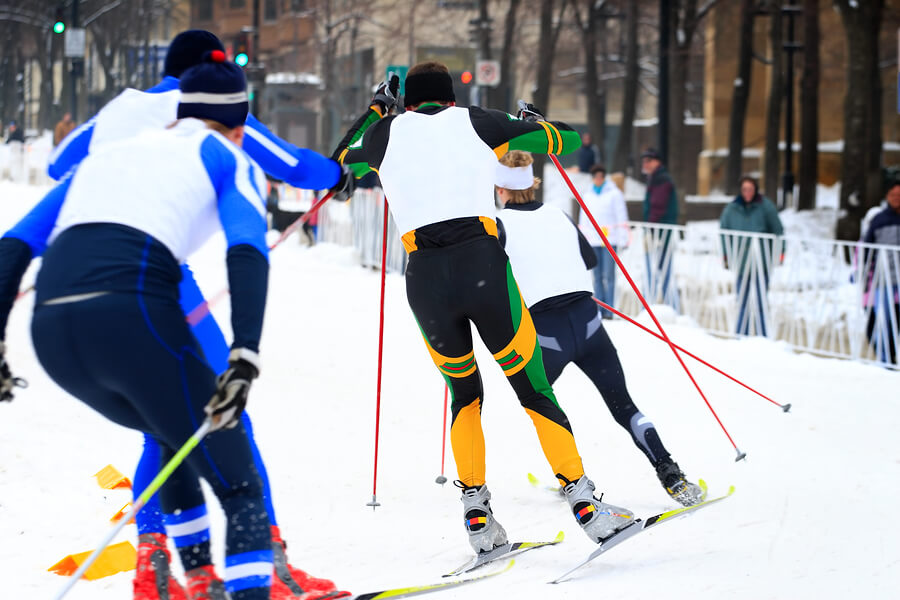
Nordic Combined
As its name implies, the Nordic combined is a hybrid event, with a ski jump followed by a cross-country race. The results of the jump form the basis for the race seeding. There are both individual and team Nordic combined events.
Figure Skating
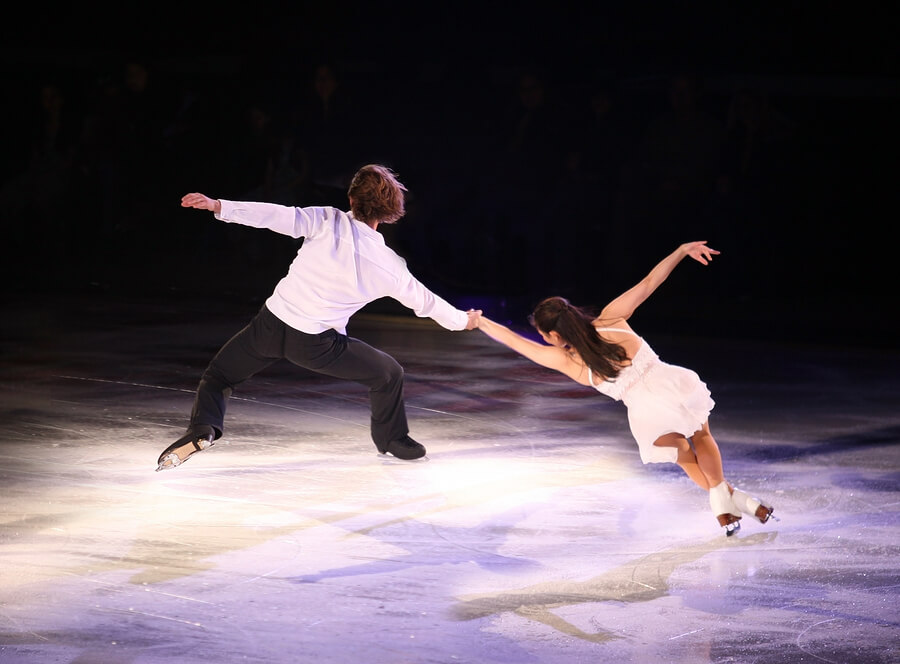
Figure Skating
Always one of the most watched events, figure skating is a balletic and acrobatic show, featuring world-class men and women performing astonishing feats on ice, skating both as singles and in pairs. Judging is always tense and occasionally controversial, leading to some of the most dramatic moments in Olympic Games history.
Cross-Country Skiing
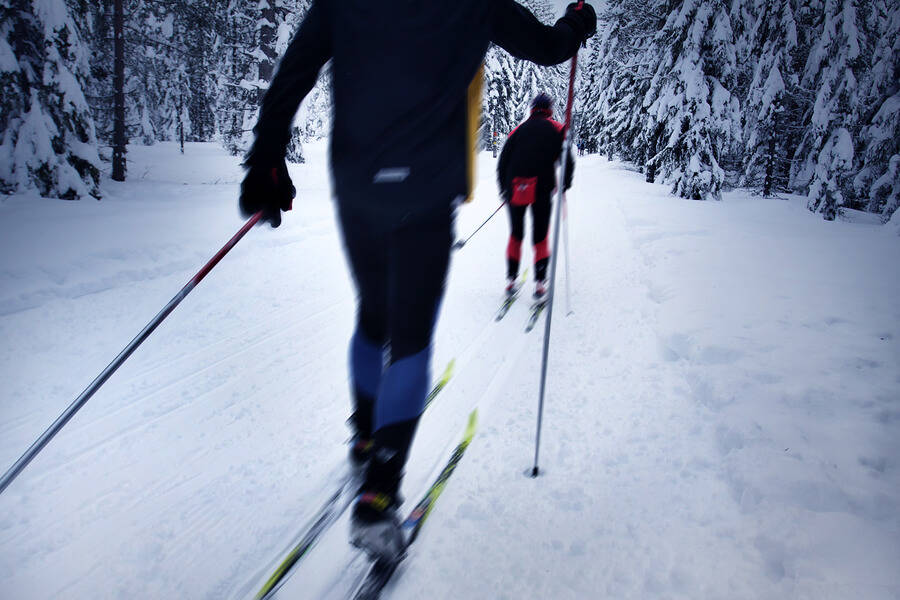
Cross-Country Skiing
Older than downhill skiing, and with deep routes in the Nordic countries, cross-country skiing is a grueling race that takes many forms at the Olympic Games. In individual start races, racers compete against the clock. In mass start races, the first skier across the finish line wins. There is also a relay race, and a race called "pursuit," in which the style of course changes completely at the halfway point - the racers even change their skis!
Snowboarding
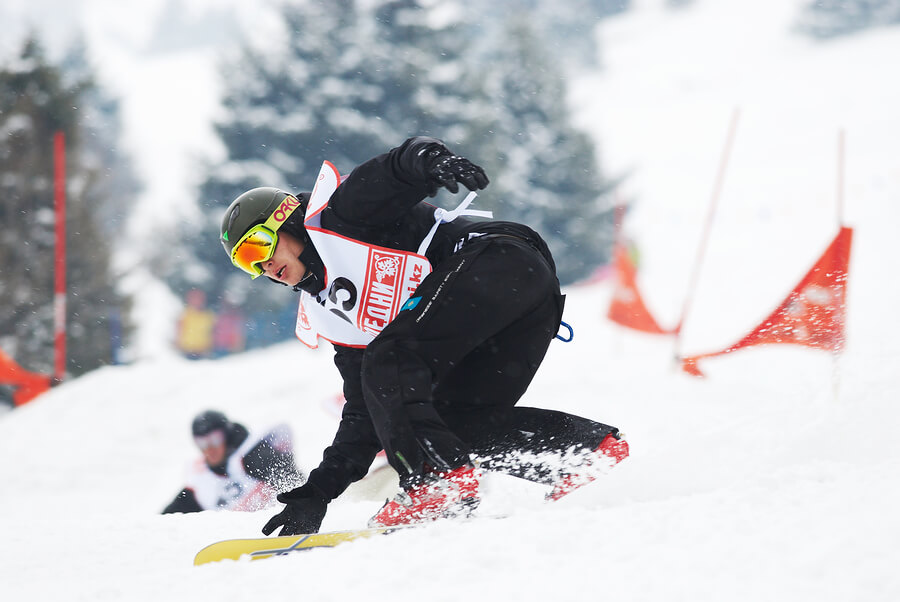
Snowboarding
Snowboarding's first appearance as an official Olympic sport was at the 1998 event in Nagano, Japan. Today, boarders from all over the world compete in several boarding competitions: The snowboard cross is a four-person race with jumps and turns, the halfpipe is a tricks competition with judges awarding style points, and the parallel giant slalom is a one-on-one race through identical slalom courses.
Curling
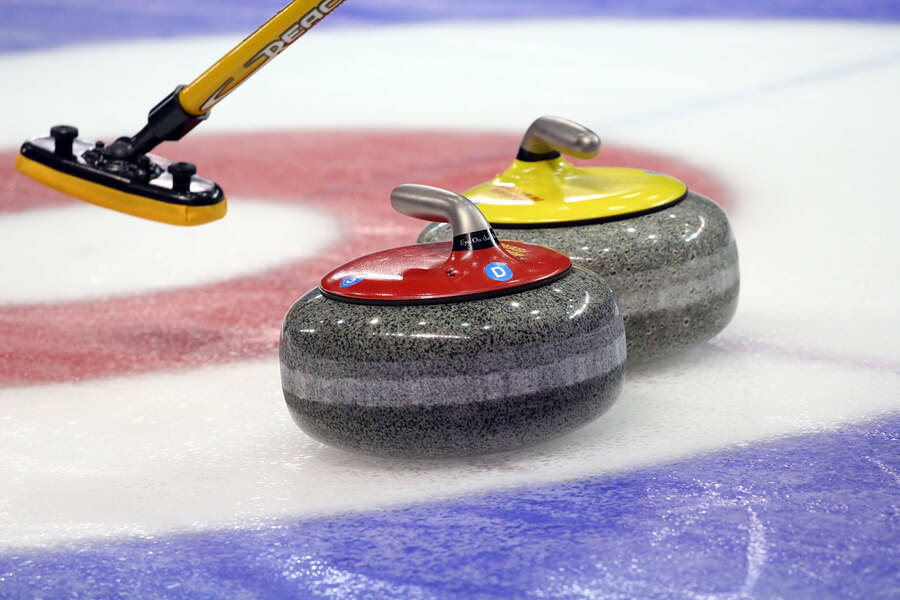
Curling
Curling has become a fan favorite since its introduction as an official Olympic sport in 1998. Teams slide heavy stones across the ice toward a target, with the aim of stopping the object as close to the center of the target as possible. A head-to-head team competition, the curling event starts with a round-robin tournament before heading into brackets for the medal round.
Skeleton
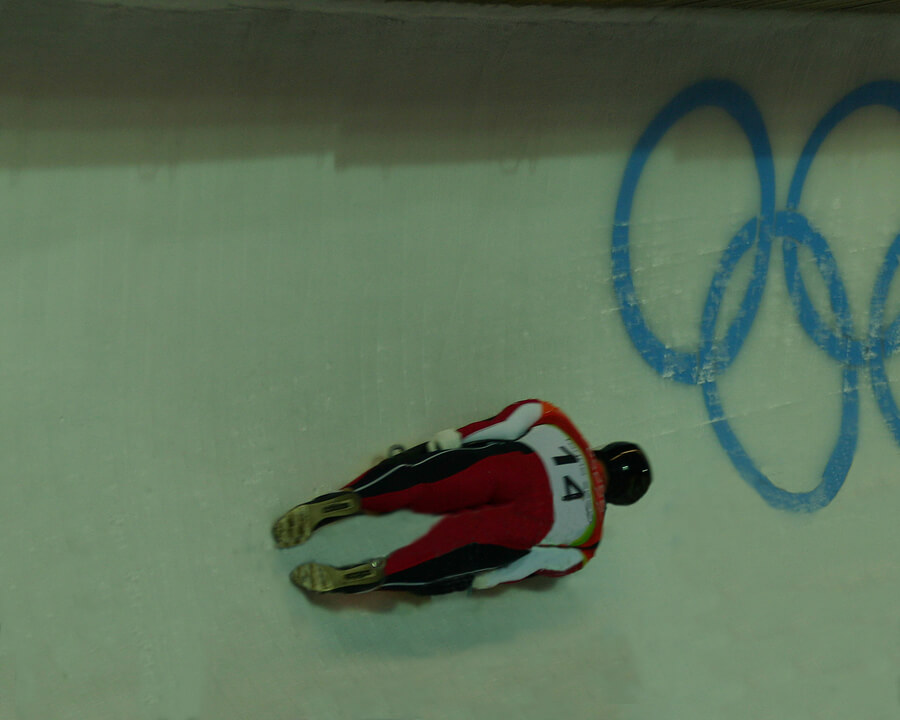
Skeleton
As in the luge event, skeleton racers take turns individually careening down a frozen track on a small sled. The biggest difference between luge and skeleton is that skeleton racers go down the course headfirst, after a running start.
Bobsleigh
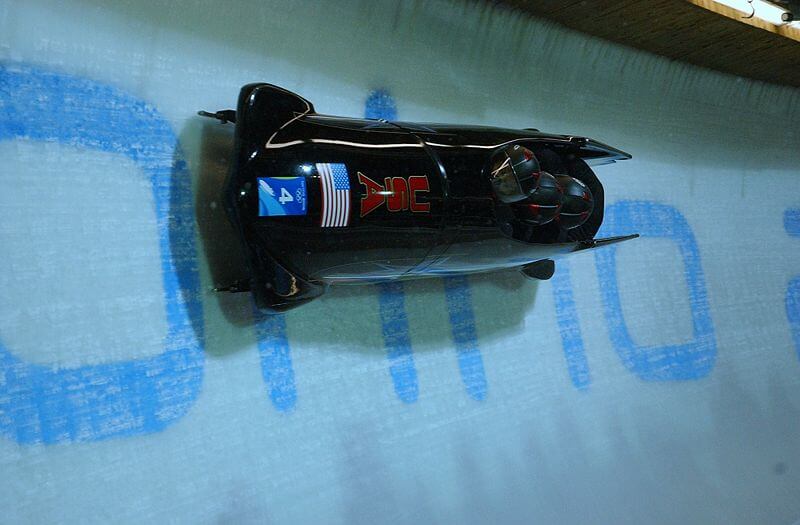
Bobsleigh
Also called the "bobsled," the bobsleigh event consists of two- and four-person teams steering a sleigh down a winding, icy track. The fastest time wins. In 2002, women's bobsleigh was introduced for the first time.
Image is licensed under the Creative Commons Attribution ShareAlike 3.0 License.



















